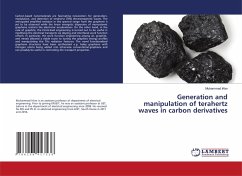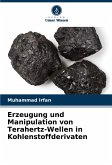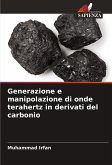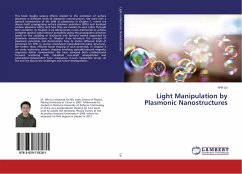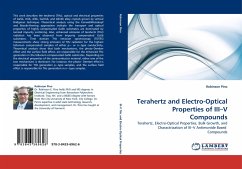Carbon-based nanomaterials are fascinating newcomers for generation, modulation, and detection of terahertz (THz) electromagnetic waves. The anticipated amplified emission in this spectral range from the graphene is yet to be observed while the linear energetic dispersion of monoatomic graphene restricts the electronic accelerations. On the other hand, in the case of graphite, the Fermi-level engineering is turned out to be useful in modifying the electrical transports via doping and interfacial work function offsets. In particular, the work function engineering among air, graphite, and metals allowed a viable route to tuning the graphitic energy profiles and manipulating the THz radiation features. The novel functionalized graphene structures have been synthesized e.g. holey graphene with nitrogen atoms being added into otherwise conventional graphene and can possibly be useful in controlling the transport properties.
Bitte wählen Sie Ihr Anliegen aus.
Rechnungen
Retourenschein anfordern
Bestellstatus
Storno

